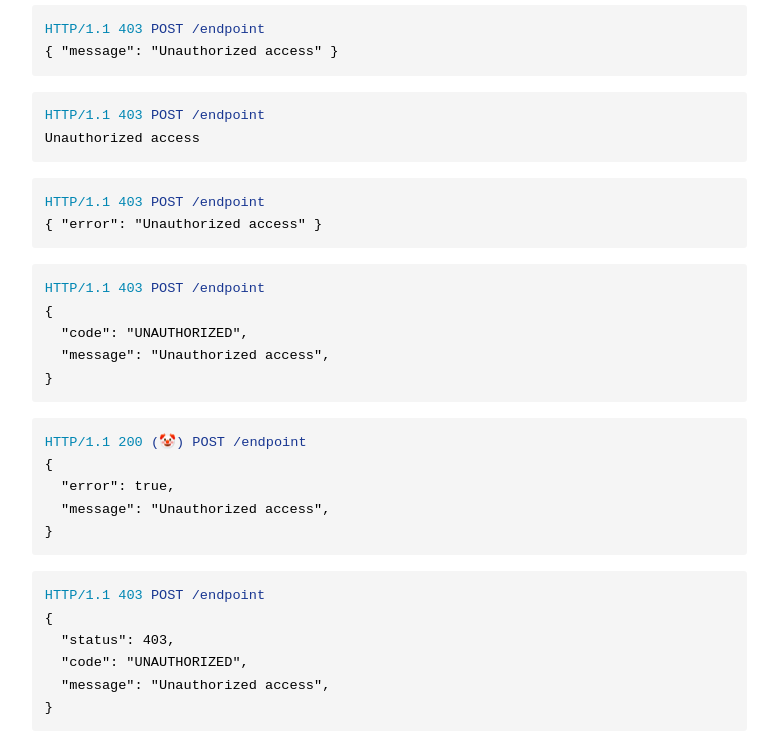this post was submitted on 30 Aug 2024
131 points (99.2% liked)
Programming
17712 readers
24 users here now
Welcome to the main community in programming.dev! Feel free to post anything relating to programming here!
Cross posting is strongly encouraged in the instance. If you feel your post or another person's post makes sense in another community cross post into it.
Hope you enjoy the instance!
Rules
Rules
- Follow the programming.dev instance rules
- Keep content related to programming in some way
- If you're posting long videos try to add in some form of tldr for those who don't want to watch videos
Wormhole
Follow the wormhole through a path of communities [email protected]
founded 2 years ago
MODERATORS
you are viewing a single comment's thread
view the rest of the comments
view the rest of the comments


It usually goes down like this on some security heavy system: It does not know that a queue is missing. It does however know that it cannot access that queue. When an error is thrown on a secure system, usually the first thing to check is the privilege. If the queue does not exist, so does the privilege to access said queue hence the first error being thrown.